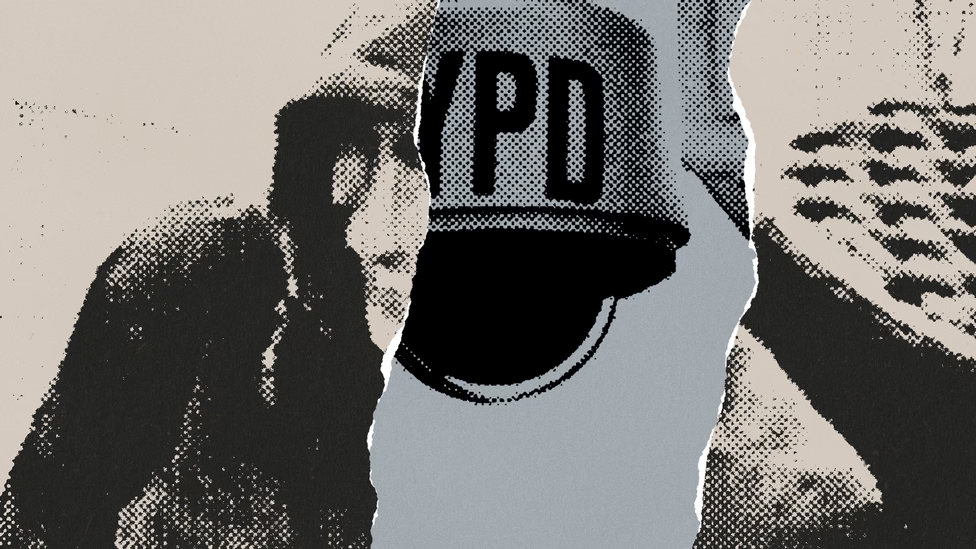The UnitedHealthcare Gunman: Navigating the Surveillance State

In a world where cameras are ubiquitous, the recent attack on UnitedHealthcare CEO Brian Thompson has highlighted the complexities of modern surveillance. The masked gunman who targeted Thompson on the streets of New York City remains at large, despite the extensive surveillance network in place. This incident raises important questions about the effectiveness of surveillance in preventing and solving crimes. This article delves into the details of the case, the gunman’s evasion tactics, and the broader implications for public safety and security.
The Attack and Immediate Aftermath
On Wednesday, UnitedHealthcare CEO Brian Thompson was attacked by a masked gunman in one of the busiest and most surveilled places in the world—New York City. Despite the presence of numerous cameras operated by the New York City Police Department and property owners, the attacker managed to evade capture. Videos of the murder quickly spread on social media, and police released physical evidence, including bullet casings and a dropped phone and water bottle that might have belonged to the assassin. However, the gunman remains unidentified and on the run.
Understanding the Surveillance State
The gunman’s ability to avoid identification highlights the limitations of the surveillance state. While cameras are meant to enhance public safety and private security, they can also be used by criminals to understand and exploit their weaknesses. The UnitedHealthcare gunman appears to have a deep understanding of how technology is used and its limitations. This knowledge allowed him to commit the crime in public without being immediately identified.
The Role of Technology in the Attack
The gunman used a silencer or a relatively quiet gun, which bought him time to escape. In spy movies, silencers are used to ensure that no one knows a crime has occurred. In this case, the effect was similar. A bystander realized something had happened and ran away, but no one jumped into action to stop the gunman from making a quick exit on an e-bike—a device that has the speed of a car in Midtown Manhattan.
The Evasion Tactics
Investigators released images showing the face of a person of interest at a Manhattan hostel, where he had paid cash. These pictures, taken when a worker asked to see his smile, show someone who is “extremely camera savvy.” The gunman was still wearing a hood, and his face was partially obscured, making image-matching on facial-recognition systems more difficult. This evasion strategy benefits from the public’s response to the clues. By overwhelming the surveillance system with too much information, the gunman has made it harder for authorities to identify him.
Public Response and Mythology
As the manhunt continues, some commentators have started creating a mythology about the killer. The victim, Brian Thompson, ran a business that decides which medical care its customers can and cannot get. Commentators who dislike the American health-insurance system are using Thompson’s death to condemn the industry’s conduct, painting the assassin as a modern-day Robin Hood. This narrative may be welcomed by the killer, who seems to have wanted to put on a show. Bullet shells and an ejected live round found at the scene reportedly had words such as “depose” and “delay” written on them—apparent references to strategies that health insurers use in denying coverage.
The Broader Implications
The UnitedHealthcare gunman’s actions suggest an obvious motive—perhaps too obvious. He is a master of the modern surveillance environment and understands the camera. This incident underscores the flaw in the “If you see something, say something” approach, which floods the system with too much information. As citizens play detective, police receive a flurry of tips and calls, requiring time-intensive inquiries that can lead to nowhere and distract from those that may lead to the killer.
The Future of Surveillance
The case of the UnitedHealthcare gunman raises important questions about the future of surveillance. While technology has advanced significantly, it is clear that it is not foolproof. Criminals can exploit the weaknesses of the surveillance state, making it difficult for authorities to prevent and solve crimes. This incident highlights the need for a more nuanced approach to surveillance, one that balances public safety with privacy and civil liberties.
Conclusion
The attack on UnitedHealthcare CEO Brian Thompson and the subsequent manhunt for the gunman have brought the complexities of the surveillance state into sharp focus. Despite the extensive network of cameras and other surveillance tools, the gunman remains at large, demonstrating a deep understanding of how to navigate and exploit the system. As we move forward, it is crucial to consider the limitations of surveillance and explore ways to enhance public safety without compromising individual privacy.
The UnitedHealthcare gunman has shown that even in a world where cameras are everywhere, it is possible to evade capture. This incident serves as a reminder that technology alone cannot solve all our problems. A more comprehensive approach, one that includes community engagement and a focus on addressing the root causes of crime, is essential for creating a safer and more secure society.



0 Comment